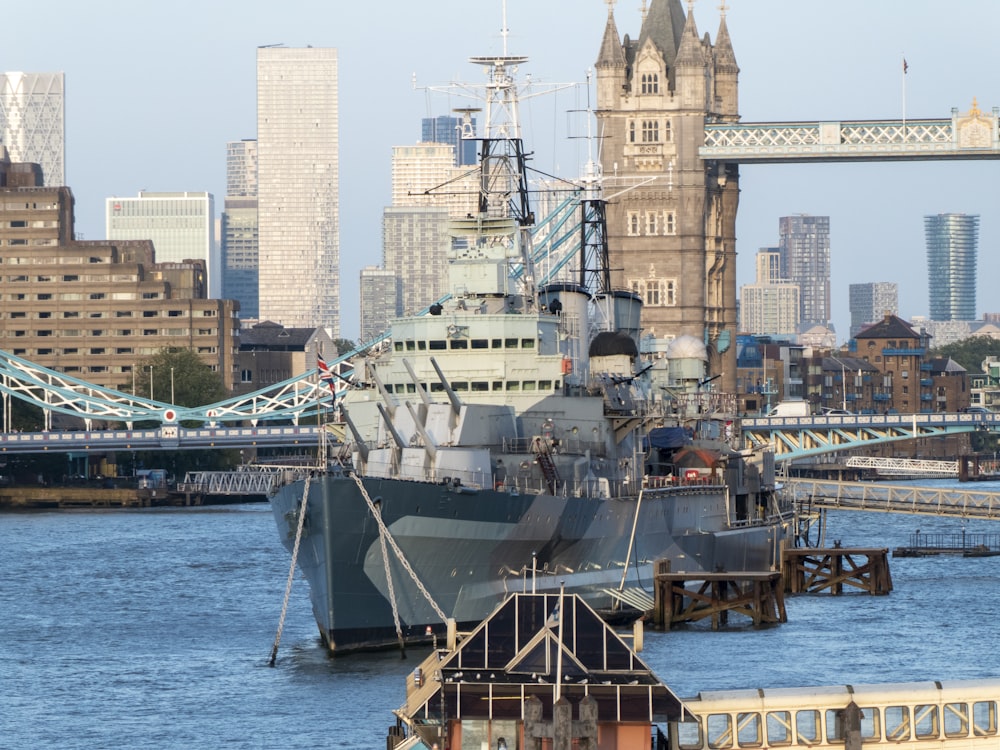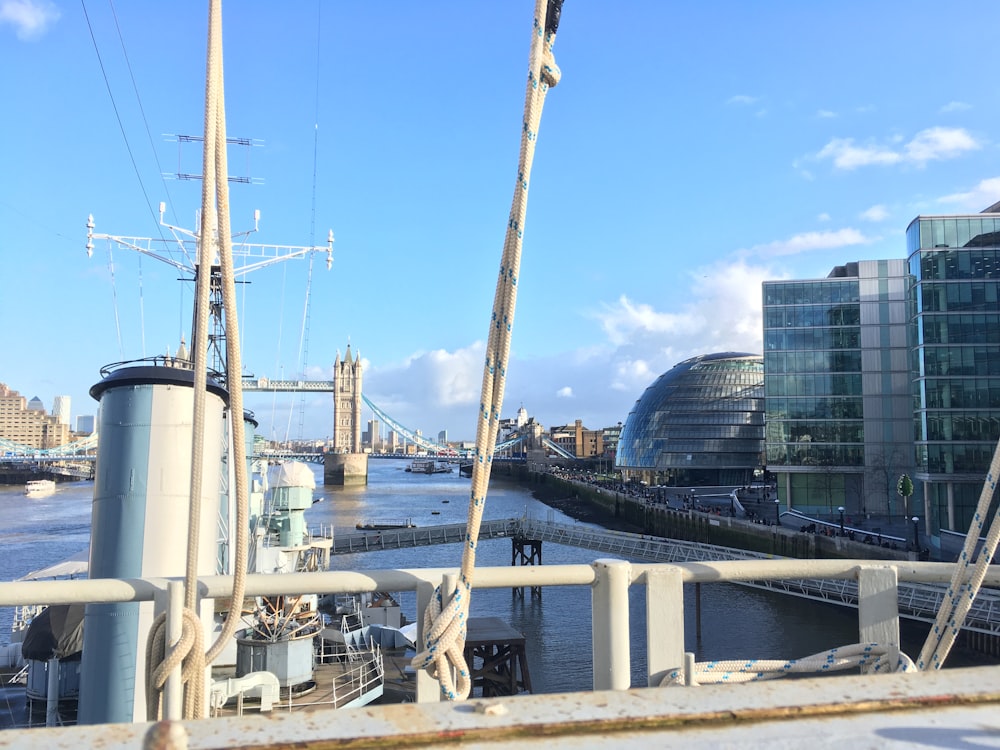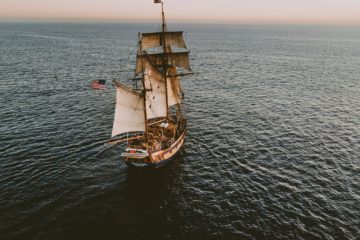In 1945, the HMS Arethusa was launched. Arethusa, a Royal Navy light cruiser
Pennant number 26
Chatham Dockyard (Chatham, United Kingdom): Parsons
Ordered on September 1, 1932
On the 25th of January, 1933, it was laid down.
On the 6th of March, 1934, the ship was launched.
Commissioned on the 23rd of May, 1935.
These two log books (15cm x 19cm) contain 259 pages of tabular data about the HMS Levant (1775-1776, 223 pages) and the HMS Arethusa (starting at the back of the volume) (1777, 36 pages). Other pages in the book are blank or contain empty tables. The flyleaf bears the names of William Browell, the two ships, and their commanders. On the flyleaf is a pen-and-ink sketch of a man with curly hair above the ear and a single ponytail at the nape of the neck.
The HMS Levant and HMS Arethusa log books record daily positions, movements, sails, weather, discipline, and unusual events. He kept tables with columns for “H” (hour), “K” (speed in knots), “F” (depth of sea in fathoms), “Courses,” and “Winds.” The sails, winds, and directed courses are all described. Crew discipline includes floggings for insolence, drinking, coming ashore without leave, fighting, and negligence of duties.
Levant
Between June 23, 1775, and November 24, 1776, the HMS Levant log book covers roughly a year and a half of the American War of Independence. With regular statistics, the book also recounts a ship’s voyage via the English Channel, North Atlantic Ocean and Mediterranean Sea as well as along the shores of England, Portugal, Spain, France Algeria and Italy. Included in the Levant’s travels were Lizard Point, the Scilly Isles, Lisbon, Cádiz and Gibraltar Bay.
From June to late September, the ship was part of the Mediterranean fleet commanded by Rear Admiral Robert Mann. The Medway, Royal Oak, Enterprise, Exeter, Worcester, Alarm, hms arethusa crew list, and Zephyr are all mentioned in the Levant log book. Early entries in the log book describe pursuing and stopping English and American ships (one from Pennsylvania and one from Maryland). The Levant also ran into ships from Amsterdam, Genoa, Martinique, Cádiz, Jamaica, and Antigua A ship’s cannons and tactical fleet formations were also described (forming a line of battle abreast, a line of battle ahead, and the bow and quarter).
HMS Arethusa’s commands are noted below
Please keep in mind that this area is still under construction.
From Quintin Dick Graham, Commander
RN, RN 14 May 1941, 30 June 1939, 30 June 1939, 30 June 1939, 30 June RN Alex Colin Chapman 17 November 1942, 14 May 1941, 14 May 1941, 14 May 1941, 14 May 1941 RN Mark Taylor Collier 17 November 1942 21 November 1942 DSO, DSC, RN George Hector Creswell Nov. 21, 1942 – Dec. 21, 1942 Mark Taylor Collier, RN, enlisted in the Royal Navy in December 1942. June 30th, 1943 Hugh Forbes Robertson-Aikman, RN, was born on June 30, 1943, and died on December 1, 1943. Hugh Dalrymple-Smith is a registered nurse. 1 December 1943 – 1 June 1945 DSO, DSC, RN Caspar Silas Balfour Swinley late 1945 june 1945 You can assist us in improving our commands section. Submit events, comments, and updates for this vessel by clicking here. If you find any errors or want to improve this ships page, please use this form.
Arethusa has been involved in a number of notable events, including:

HMS Sussex (Capt. A. R. Hammick, RN) and destroyers HMS Cossack (Capt. D. de Pass, RN) and HMS Maori (Cdr. G. N. Brewer, RN), HMS Nubian (Cdr. R. W. Ravenhill, RN), and HMS Zulu (Cdr. J. S. Crawford, RN) sailed from Alexandria to meet HMS Arethusa (Capt (1) HMS Arethusa (Captain Q. D. Graham, RN, flying Rear-Admiral H. R. Moore, CB, DSO, CVO, RN), HMS Hardy (Captain B. A. Warburton-Lee, RN), HMS Hasty (Lt. Cdr. L. R. K. Tyrwhitt, RN), HMS Hereward (Lt. Cdr. C. W. (1) The battleships HMS Warspite (Captain V. A. C. Crutchley, VC, DSC, RN, flying the flag of Vice Admiral G. Layton, CB, DSO, RN), HMS Barham (Captain H. T. C. Walker, RN, flying the flag of Vice Admiral G. Layton, CB, DSO, RN), HMS Malaya (Captain I. B. B. Tower
HMS Afridi (Capt. G. H. Cresswell, DSC, RN), HMS Gurkha (Cdr. F. R. Parham, RN), HMS Mohawk (Cdr. R. F. Jolly, RN), and HMS Sikh (Capt. G. H. Cresswell, DSC, RN) (Cdr. J. A. Giffard, RN).
Following the completion of these drills, the ships made course to the west of Crete to offer cover for convoys travelling through the Mediterranean from west to east. The HMS Penelope, on the other hand, returned to Alexandria.
HMS Arethusa was a Royal Navy fifth rate frigate built in 1757 at La Havre by Jean-Joseph Ginoux. The French privateer Pelerine was sold to the French navy and renamed L’Aréthuse in 1758. On May 19, 1759, it was taken by the British ships Chatham, Venus, and Thames. The Arethusa had 32 British guns: 26 12-pounders, four 6-pounders, and two 6-pounders on the forecastle.
Her dimensions were 132 feet 2 inches (lower deck), 110 feet 10 3/4 inches (keel), 34 feet 5 1/2 inches (breadth), and 10 feet 8 inches (length) (hold depth). It could transport 700 31/94 tons (burthen). The ship can accommodate a crew of 220.
The ship “laboured excessively in adverse weather” (Gardiner 2002 115). Storms and high winds took off the ship’s masts. “One skipper claimed the absence of support from the characteristically French shallow hull and an extensive tumblehome allowed the shrouds to spread” (Gardiner 2002, 91).
Vane captained the Arethusa in 1759-1763. Many privateers were captured at this time, including Le Revanche de Dunkirk (July 25, 1760), L’Elisabeth (February 14, 1761), Le Quimper de Boyonne (May 6, 1761) and L’Amitie de Bayonne (October 5, 1762). (October 8, 1762).

Captain Andrew Snape Hamond commissioned the Arethusa in January 1771 and sailed it to North America on October 24, 1771. Captain Digby Dent recommissioned the ship in June 1775 for English Channel operations.
From 1777 to 1779, Marshall commanded the HMS Arethusa. In 1777, he served in the Irish Sea. In 1778, he joined Rear Admiral Augustus Keppel’s Channel Fleet to blockade Brest, on France’s Breton peninsula. On June 17, 1778, the Arethusa engaged the 36-gun La Belle Poule at Ushant. Despite the Arethusa’s speed, La Belle Poule escaped and returned to Brest with forty killed and 61 injured.

0 Comments